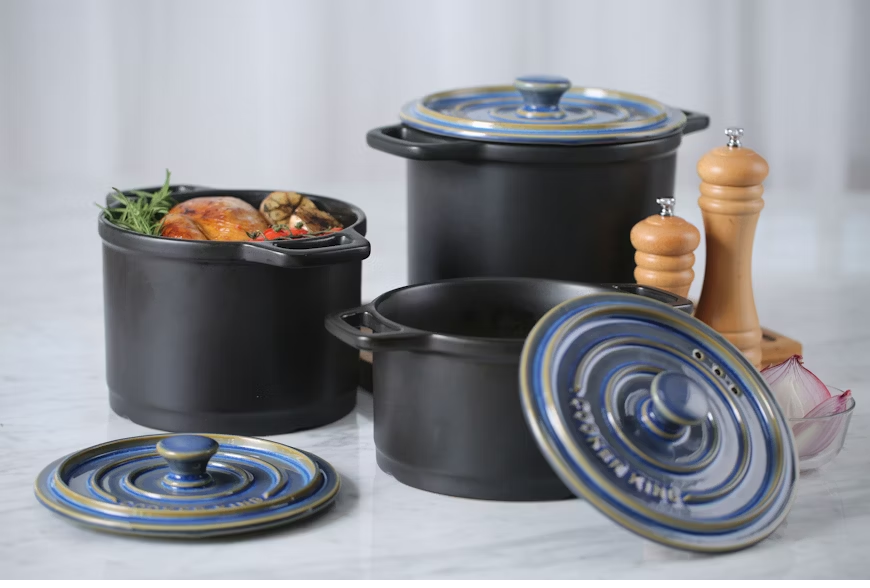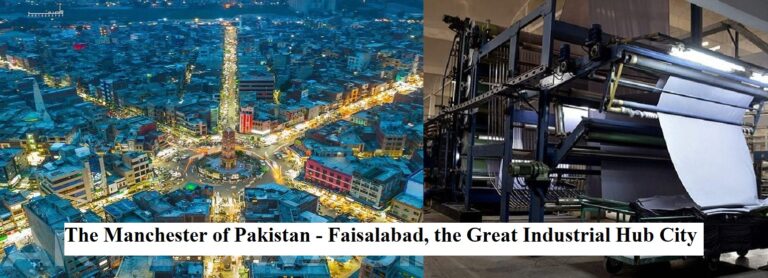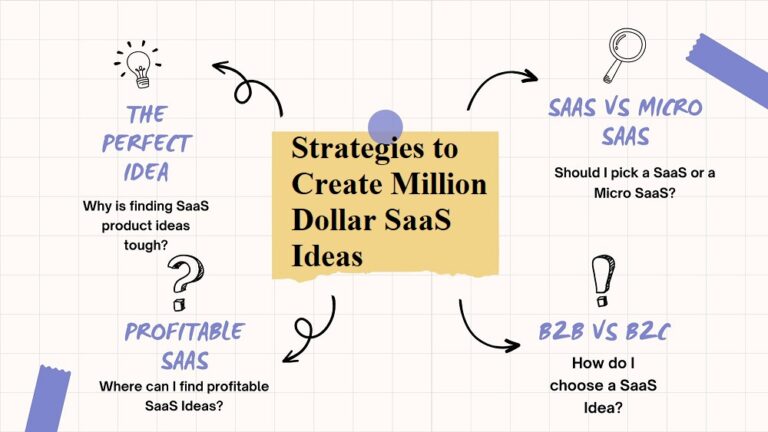Ah! Is there quite anything like a slow-cooked one-pot loaded potato soup on chilly nights? But the time taken to turn the otherwise hard ingredients into an easily chewable and digestible comfort meal can seem tedious.
After all, who wants to spend an entire day prepping for some soup at night, all the while hoping that no emergencies overturn the plans? Perhaps this is why some people ditch slow cooking altogether and serve a four-star meal in 90 minutes using a pressure cooker (that would otherwise need eight hours of prepping the slow-cooking way).
Now, the latter also throws a few curveballs into the mix. Ever since the two contenders exist, people have been debating which is better – a slow cooker or a pressure cooker. This article also wills to join the discussion by highlighting the pros and cons of both these miracle kitchen appliances.
Cooking With a Slow Cooker vs. Pressure Cooker
Before we discuss the cooking process in a slow cooker vs. a pressure cooker, mention must be made that a pressure cooker can be of two types – the standard stovetop cooker and the modern electric cooker.
The former is the old-style, first-generation cooker with only a single pressure level. Neither can you control the pressure level, nor can you leave it completely unattended. Electric pressure cookers have more advanced features that demand less attention. Just fill the pots with the ingredients, set the timer along with the pressure and temperature, and let the cooker take charge.
Slow cookers, on the other hand, can be left unattended completely. This is beneficial from the viewpoint that they take much longer to cook the food. By virtue of their cooking time and temperatures, a pressure cooker is more suitable for leaner meats and vegetables that do not need much cooking time. A slow cooker is ideal for tough cuts and root vegetables.
Speaking purely from the cooking perspective, both cookers seem to be apt for certain kinds of food items.
Pros and Cons of a Slow Cooker
Also known as a crock pot, a slow cooker is every comfort meal lover’s favorite kitchen appliance. If you’re someone who prefers hands-off cooking, all you need to do is put all the necessary ingredients inside the slow cooker, input the desired settings, and it will work its charm.
These cookers are best suited for less traditional meat cuts. When you add ingredients like spices, red wine, and herbs, the dish’s flavor reaches the next level. Not only that, but slow cookers are also energy-efficient. Despite taking longer to cook, they draw very little energy and require low temperatures for cooking.
Another benefit of a slow cooker is that you need not reheat the food because they generally keep food warm for hours after cooking. Does this mean there are no cons? Unfortunately no. Some of its drawbacks include –
- You can only cook meals in a slow cooker that are not too ingredient-intensive.
- The cooking process may seem too tedious in case you’re in a hurry.
- The natural condensation process within the cooker may dilute the flavors.
- Some spices like thyme or cinnamon may overpower the others after hours of simmering.
Pros and Cons of a Pressure Cooker
A pressure cooker is a sealed vessel wherein high pressure and temperature generate steam to progress the cooking process. It is suitable for any dish that requires cooking in a broth or liquid, such as rice, curries, soups, chicken, beans, etc.
Besides these, you can also prepare desserts, particularly cheesecakes (the results may be better than a convection oven). One main reason people opt for pressure cooking is the significantly less cooking time needed (your food will be ready within one-fourth the time taken by a slow cooker).
Plus, food cooked in a pressure cooker comes out tasty and nutritious when compared to boiling. Good-quality pressure cookers are highly durable and can easily last for years down the line. However, even these appliances have certain cons:
- Getting the timing and flavors right might need practice, mainly because you cannot adjust them once the cooking process has started.
- Overcooking is a common occurrence with pressure cookers.
- Only certain kinds of food can be cooked since the cooker is not suitable for frying or sautéing.
Another drawback that has recently come to light is the problem of explosions. The National Library of Medicine has confirmed cases of second-degree burns, which involved 10% of the total body. Such injuries require multi-disciplinary treatment, intense wound care, and post-recovery scar management. These incidents have led victims to come forward to file a pressure cooker lawsuit.
According to TorHoerman Law, the most common reason for these cases is a manufacturing defect with the appliance. When the pressure release valve fails to function as it should, there is no way for steam to escape safely. The built-up steam then leads to an injurious explosion.
The Bottom Line
So, did you make your pick yet? The best answer to this dilemma is to invest in both kitchen appliances because we all have hurried and relaxing days, and we all prefer variation in our meals from time to time.
Just ensure you purchase only high-quality appliances from reliable manufacturers, even if they lean a little on the costlier side. That way, it becomes easier to prevent accidents and preserve your family’s health through delicious and nutritious meals.















+ There are no comments
Add yours